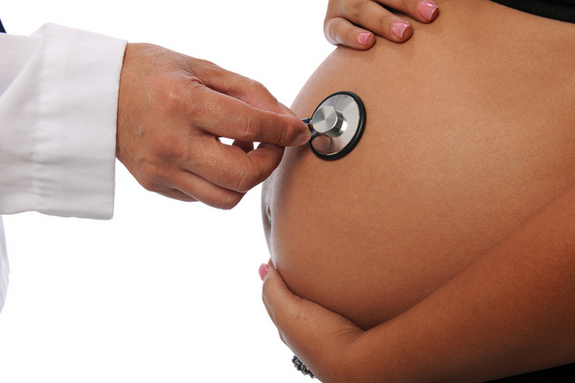2 Babies in 9 Months? The Facts on Pregnancy Spacing

Two babies in Britain are definitely Irish twins — they were born to one mother just nine months apart, and will be in the same year at school, according to the Daily Telegraph.
The mother had the first child at 25 weeks of pregnancy in early December 2011, and the next child at 29 weeks of pregnancy in early September 2012, the Telegraph reported. Irish twins is the term for siblings born in the same calendar year or within 12 months of each other.
For the British mother, the second pregnancy was conceived just seven weeks after the birth of the first child, despite the fact that the mother was taking birth control.
Both babies were tiny: The first, a baby girl, weighed just 1 pound 3 ounces, and the second, a baby boy, weighed 2 pounds.
"I was absolutely petrified when I found out I was pregnant again," the mother, Claire Ormrod, 26, told the Telegraph. "My GP [general practitioner] said I should have a termination, he said it would end up killing me and the baby and that it wouldn't be fair to put me through it. But I said no, straight out." In addition to the Irish twins, Ormrod has three other children.
In some studies, having a baby within 18 months of giving birth has been linked with complications, including an increased risk of preterm birth and a low birth-weight baby, according to the Mayo Clinic. A 2011 study found children conceived within one year after their mother gave birth were at increased risk for autism.
Becoming pregnant shortly after giving birth may not give a woman's body time to recover, the Mayo Clinic says. Pregnancy and breast-feeding can diminish the body's supply of iron, nutrients important for the mother and baby.
Sign up for the Live Science daily newsletter now
Get the world’s most fascinating discoveries delivered straight to your inbox.
The March of Dimes, an organization that aims to prevent premature birth, recommends women wait at least 18 months after the birth of a child before becoming pregnant again.
One of the public health goals of the U.S. Department of Health and Human Services (called Healthy People 2020) is to reduce the percentage of pregnancies conceived within 18 months of a previous birth from 35 percent to 32 percent by 2020.
Pass it on: Short spacing between pregnancies may increase the risk of premature birth and having a baby with a low birth weight.
This story was provided by MyHealthNewsDaily, a sister site to LiveScience. Follow Rachael Rettner on Twitter @RachaelRettner, or MyHealthNewsDaily @MyHealth_MHND. We're also on Facebook & Google+.

Rachael is a Live Science contributor, and was a former channel editor and senior writer for Live Science between 2010 and 2022. She has a master's degree in journalism from New York University's Science, Health and Environmental Reporting Program. She also holds a B.S. in molecular biology and an M.S. in biology from the University of California, San Diego. Her work has appeared in Scienceline, The Washington Post and Scientific American.









